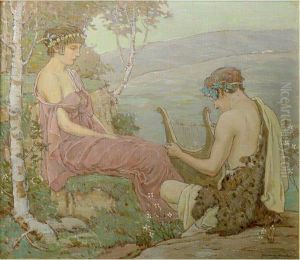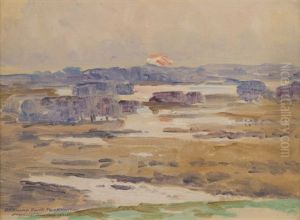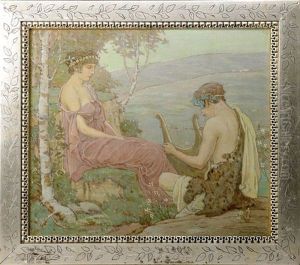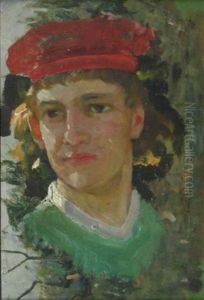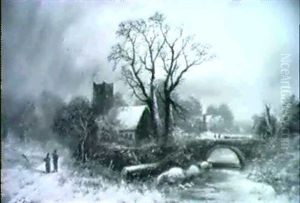Francis Newton Paintings
Francis Newton Souza, born on April 12, 1912, in Saligao, Goa, was a founding member of the Progressive Artists' Group of Bombay (PAG) and is considered one of the leading figures in modern Indian art. His work spans a range of styles and subjects, reflecting both his Indian heritage and his experiences in the West, particularly in Britain where he moved in 1949. Souza's art is characterized by its bold lines, vibrant colors, and often, provocative themes that challenge conventional aesthetics and societal norms.
Souza was raised in a Roman Catholic family in Goa, then a Portuguese colony. His rebellious nature and critical attitude towards societal and religious hypocrisy were evident from an early age, often surfacing in his early drawings. Despite his early expulsion from school for drawing profane images on the walls, Souza's talent was undeniable. He went on to study at the Sir J.J. School of Art in Mumbai but was suspended in 1945 due to his support for the Quit India Movement and for participating in political activities that were deemed anti-British.
After the formation of the Progressive Artists' Group in 1947 alongside other notable artists like M.F. Husain and S.H. Raza, Souza sought to break free from the academic tradition and promote an art that was modern and deeply rooted in Indian culture, yet universal in its appeal. His work during this period was marked by a frenetic exploration of form and content, leading to powerful, often disturbing imagery that dealt with themes of sex, religion, and social injustice.
In 1949, Souza moved to London where he initially struggled to gain recognition. His breakthrough came with his inclusion in a group exhibition at the Institute of Contemporary Arts in 1954, and subsequently, his successful solo show at Gallery One in 1955, run by Victor Musgrave, who became his dealer and friend. Souza's work during his London years became more refined, though it retained its characteristic intensity and provocative themes. His paintings from this period—often featuring distorted figures, religious iconography, and landscapes—reflect his ongoing preoccupation with the human condition, spirituality, and the grotesque.
Despite facing financial difficulties and personal challenges, including a troubled marriage and health issues, Souza's work continued to evolve. In the 1960s, he moved to the United States, where he encountered both success and criticism. His art from these years includes a series of powerful, often erotic, drawings and paintings, reflecting his unceasing exploration of human desire and suffering.
Francis Newton Souza's contribution to art goes beyond his own prolific output; he influenced a generation of Indian artists to explore and express their cultural identity through a modern aesthetic. Souza's work is held in numerous public and private collections worldwide, including the Tate Gallery in London and the Museum of Modern Art in New York. He passed away on March 28, 2004, leaving behind a legacy that continues to inspire and provoke.
